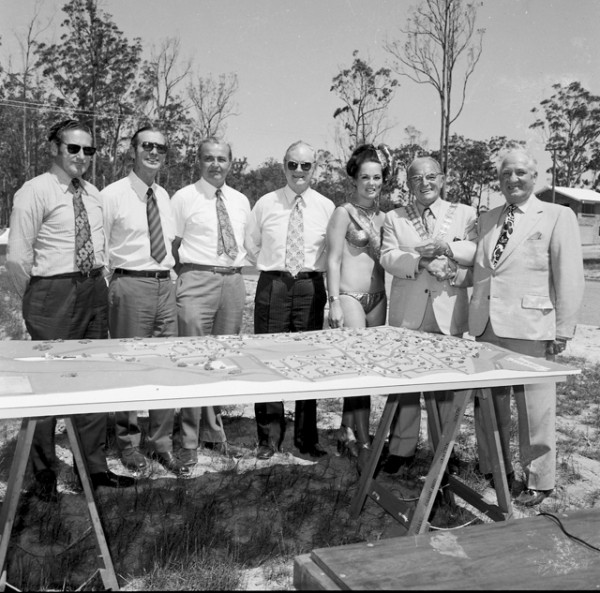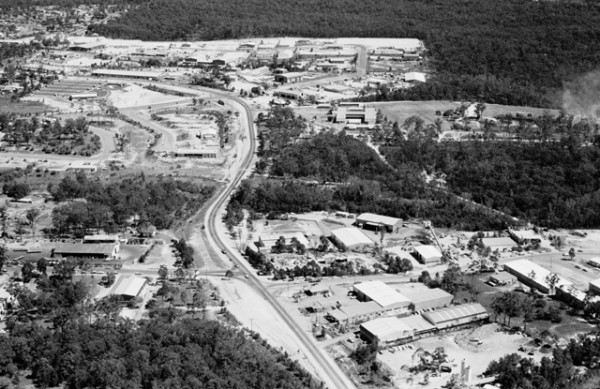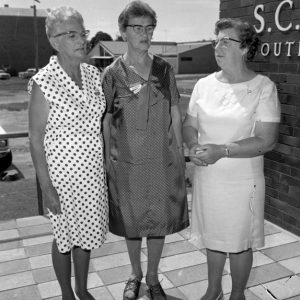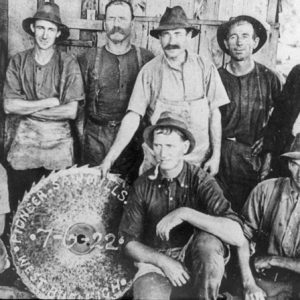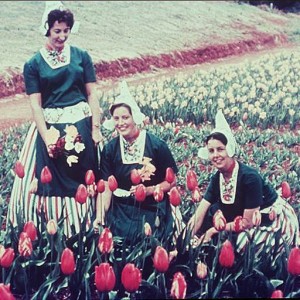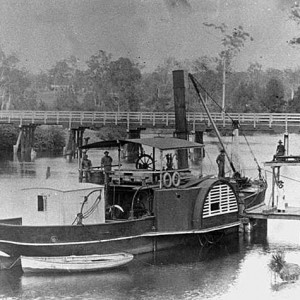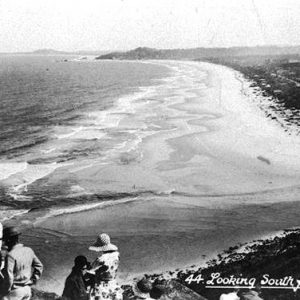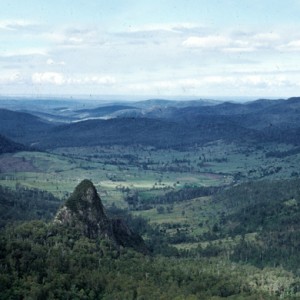
In the late 1800s the land which became the suburb of Ashmore was predominately owned by two pioneering families, the Muirs and the Smiths.
The suburb, located approximately seven kilometres west of Southport, takes its name from a farming property once owned by the Hicks family. The 300 acre farm created in the late 1800s, located near Benowa, was according to Athol Hicks, grandson of the original farm owner, named after a proprty
The farm, which ran sheep and cattle, also gave its name to a local thoroughfare, Ashmore Road, which connected Benowa to Nerang Road. A remaining five – six hectare portion of the farm with nine cattle on the property remained in the Hicks family beside the Ross Street and Ashmore Road intersection for many years.
In the early 1970s, a Sydney property investor, Jim Donellon, saw potential in the area and purchased land for development. In the mid-1970s when a housing estate with sewered land and underground power was being developed it was given the name of Ashmore Village and the many of the streets named for words taken from Aboriginal language. By the late 1970s Ashmore Plaza Shopping Centre.
Later estates followed including: Bellevue Park, Timbertops, Paradise River and Paradise Heights. As the area underwent steady growth in the following years, the name was adopted for the suburb which was officially named and bounded in 1982.
By the mid-1980s, Ashmore was the home of many young families and boasted a TAFE, the Ashmore City Shopping Centre owned by the Rix family, tavern, caravan park, day care centre, schools, the Domain Country Club, youth centre, BMX track, skateboard bowl and ten pin bowling centre.
It was the first suburb on the Gold Coast to have road side bike paths and a roundabout. With such development underway, the Gold Coast Small Bore Rifle Club which had used land in Ashmore for over 80 was required to close in 1985.
The suburb continued to grow with new residential developments, commercial ventures and the development of the Royal Pines resort.
Further reading and sources of information
- Gold Coast Bulletin, (Southport, Qld.) 1 Nov 1975, p.56.
- “Ashmore, Benowa draw young families.” Gold Coast Bulletin, (Southport, Qld.) 10 Apr 1984, p.28.
- “Clearing way for development: residents angry as trees fall.” Gold Coast Bulletin, (Southport, Qld.) 17 May 1984, p.11.
- “Peace, quiet in caravan.” Gold Coast Herald, (Southport, Qld.) 27 Jun 1984, p.28.
- “All quiet on the small bore range.” Gold Coast Leader, (Southport, Qld.) 14 Aug 1985, p.1.
- “After 10 years, Ashmore has all facilities.” Gold Coast Herald, (Southport, Qld.) 29 Jan 1986, p.6.
- “Growth of Ashmore amazing, says Keith.” Gold Coast Bulletin, (Southport, Qld.) 31 Jan 1986, p. 1.
- Bailey, Tim. “Highway splits last parcel of history.” Gold Coast Bulletin, (Southport, Qld.) 12 Sep 1987, p.2.
